Shuklaphanta National Park, in Nepal’s southwest corner, is an unspoiled utopia and a destination for lovers of nature and wildlife. It covers 305 square kilometres of land with one of Asia’s largest grassland plains, offering an astonishing array of flora and fauna. This park offers a unique chance to see such wildlife in its natural setting. The National Park of Shuklaphanta is a place you’ll never forget, whether you’re a seasoned adventurer or a first-timer.
Location
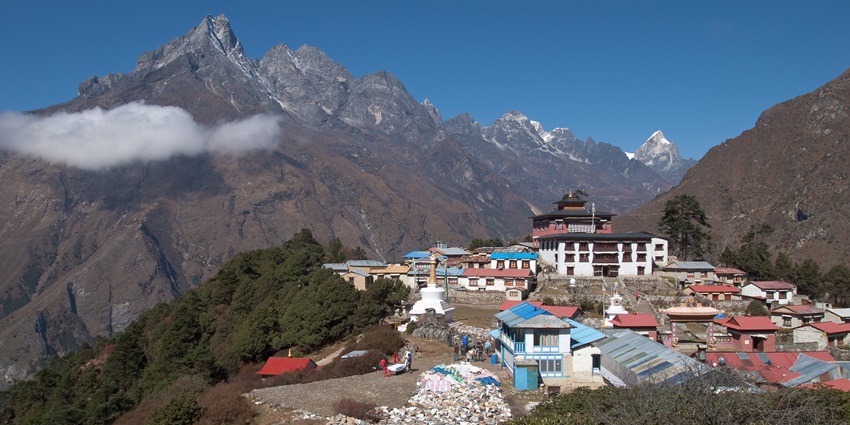
Photo: Vyacheslav Argenberg / Wikimedia Commons
The Shuklaphanta National Park is in southwestern Nepal’s Kanchanpur District of Sudurpaschim Province. It is in the Terai region adjacent to India’s border, making it easily accessible to domestic and international travellers. The park extends about 12 kilometres south of Mahendranagar, which marks the nearest urban centre as the gateway into this wilderness paradise.
Suggested Read: Top Nepal Water Parks That Provide A Thrilling And Exciting Ride
How To Reach Shuklaphanta National Park
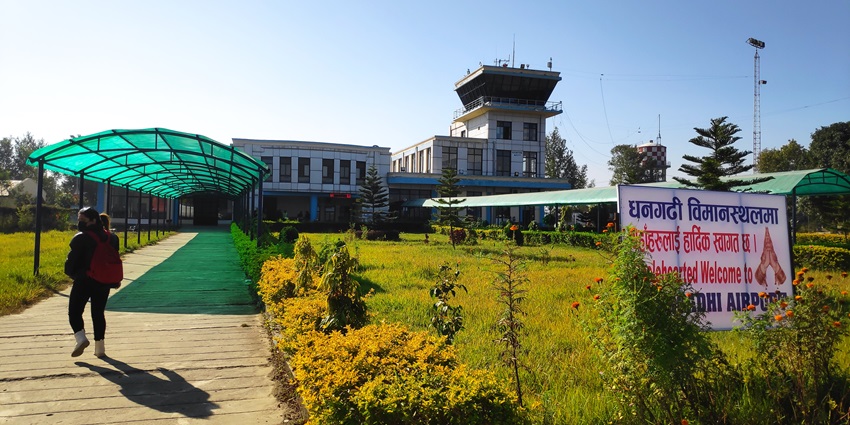
Photo: Gaurav Dhwaj Khadka / Wikimedia Commons
You can reach Shuklaphanta National Park either by air, rail or road:
By Air: The nearest airport to Shuklaphanta National Park is Dhangadhi Airport, about 65 kilometres away. You can hire a taxi or take a bus from Dhangadhi to Mahendranagar, about a 1.5-hour drive. From Mahendranagar, drive southwards for another 20 minutes, and you will reach the park.
By Road: There are regular bus services from major cities in Nepal, such as Kathmandu and Pokhara, to Mahendranagar. The journey from Kathmandu to Mahendranagar takes approximately 14-16 hours by road, covering about 650 kilometres. Once in Mahendranagar, various local transportation options can be hired locally to Shuklaphanta National Park, including taxis and jeeps.
By Rail: The nearest railway station for visitors is Banbasa, located across the border in Uttarakhand. From Banbasa, one can cross the India-Nepal border and reach Mahendranagar.
Places To Visit In And Around Shuklaphanta National Park
After exploring Shuklaphanta Nepal national park activities, visit the numerous attractions that offer a deep dive into nature, culture, and spirituality:
1. Rani Tal
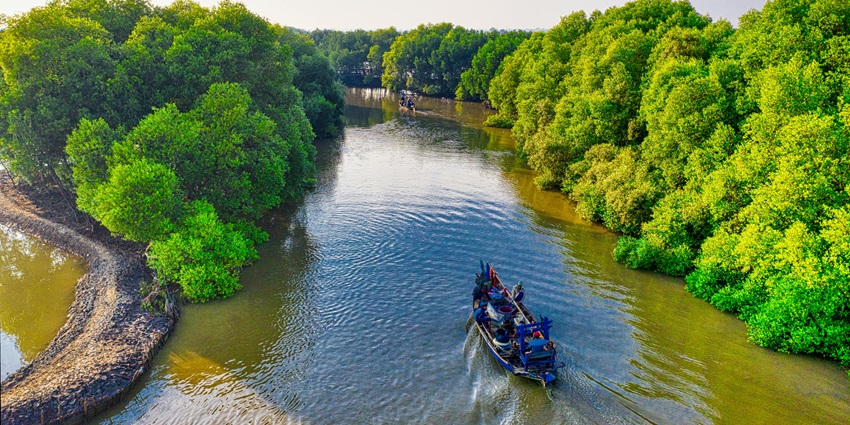
Photo: Tom Fisk / Pexels / Image For Representation Only
Rani Tal, or Queen’s Lake, is a tranquil oasis within Shuklaphanta National Park. This calm lake, nestled amidst lush green and dense forests, draws a variety of birdwatchers into it, especially during the migratory season. This serene atmosphere of the Rani Tal offers a perfect view for relaxation and introspection, automatically making it one of the places not to miss within the park. This is an ideal spot to pass the time by the water peacefully, soaked in nature’s beauty and bound by the notes of wildlife.
Timings: Open throughout the day
Entry Fee: Included in the park entry fee
Suggested Read: Jungle Safari In Nepal
2. Mahakali River
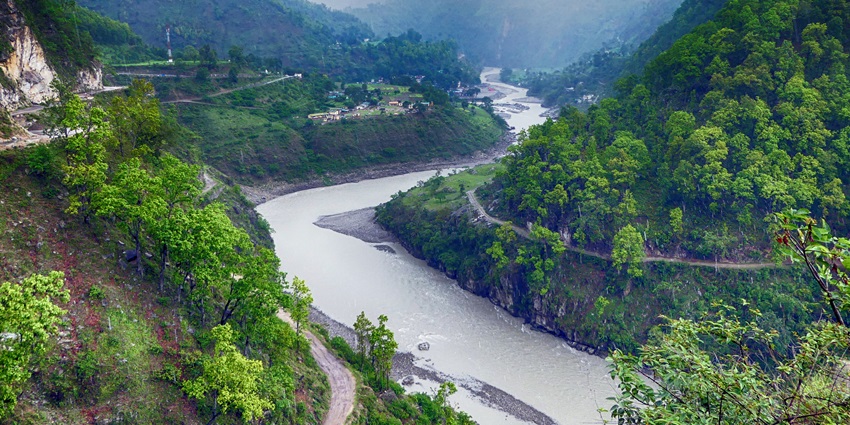
Photo: A. J. T. Johnsingh, WWF-India and NCF / Wikimedia Commons
The Mahakali River, running along the western perimeter of Shuklaphanta National Park, is one of the vital lifelines of wildlife. It provides a natural demarcation between Nepal and India. Its crystal clear waters glide through beautiful landscapes, offering visitors lovely views and a tranquil atmosphere. Walking, picnicking, and birdwatching are ideal on the banks of the Mahakali since countable species are recorded here. In addition, fishing is permitted here, subject to getting appropriate permits. This has been a very popular activity among people who would like to interact more with nature.
Timings: Open throughout the day
Entry Fee: Free
3. Brahmadev Temple
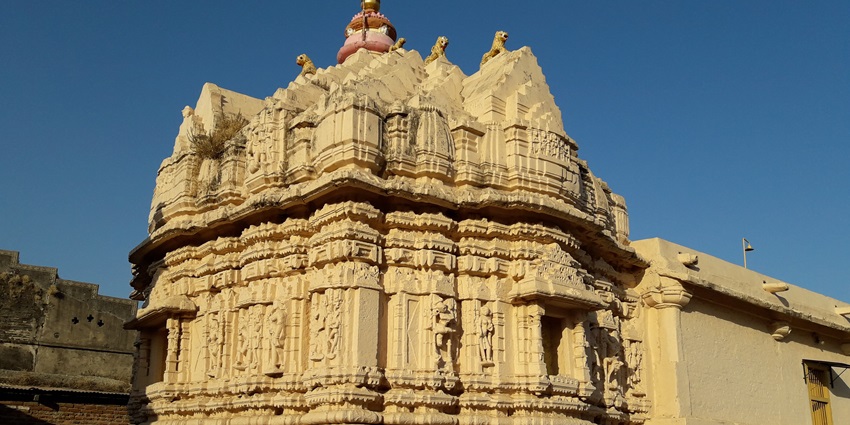
Photo: Gazal world / Wikimedia Commons / Image For Representation Only
The Brahmadev Temple is nearly adjacent to Shuklaphanta National Park and is culturally and religiously important. The temple is oriented to Lord Shiva; therefore, it serves as one of the vital centres of local Hindu worship. Especially during the Maha Shivaratri festival, it becomes lively. Serenity inside and around the premises, together with ancient architecture fascinates every traveller interested in Nepalese culture. Visitors can witness and partake in traditional rituals, join prayers, and sit around peacefully.
Timings: 6 AM – 7 PM
Entry Fee: Free
Suggested Read: Explore Top Wildlife Sanctuaries In Nepal For An Adventurous Retreat
4. Dodhara Chandani Suspension Bridge
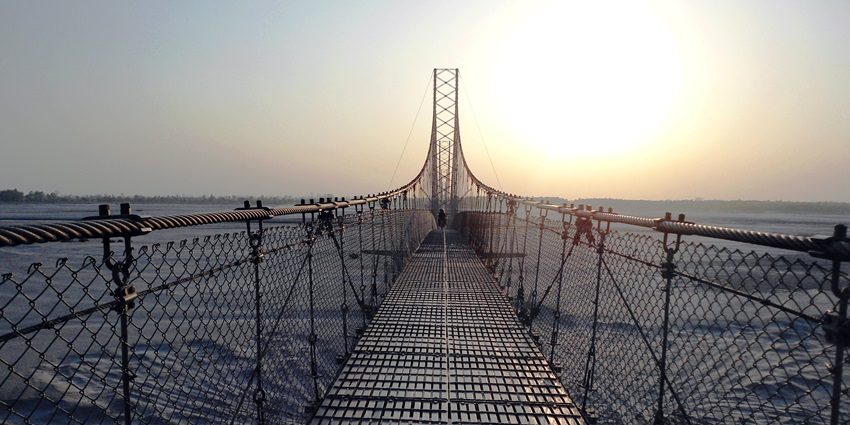
Photo: Shivagoutam / Wikimedia Commons
The Dodhara Chandani Suspension Bridge, stretching across the Mahakali River, is a remarkable feat of engineering and one of the longest multi-span suspension bridges in Nepal. Connecting the villages of Dodhara and Chandani, this bridge offers breathtaking panoramic views of the river and surrounding landscapes. The bridge’s unique design and scenic location provide excellent opportunities for photography and a pleasant walk across its span. Visitors can experience the thrill of crossing this impressive structure while exploring the area’s natural beauty.
Timings: Open throughout the day
Entry Fee: Free
Where To Stay

Photo: Eddie Maloney / Wikimedia Commons / Image For Representation Only
There are many accommodation facilities in and around Shuklaphanta National Park, situated in Mahendranagar. There are resorts, top-class hotels, simple lodges, and cosy guesthouses to choose from. Some nice ones to spend the night in are the Shuklaphanta Jungle Resort and Hotel Opera, which are easy to access from the national park.
Suggested Read: Adventure Sports In Nepal For Every Adrenaline Junkie
Where To Eat
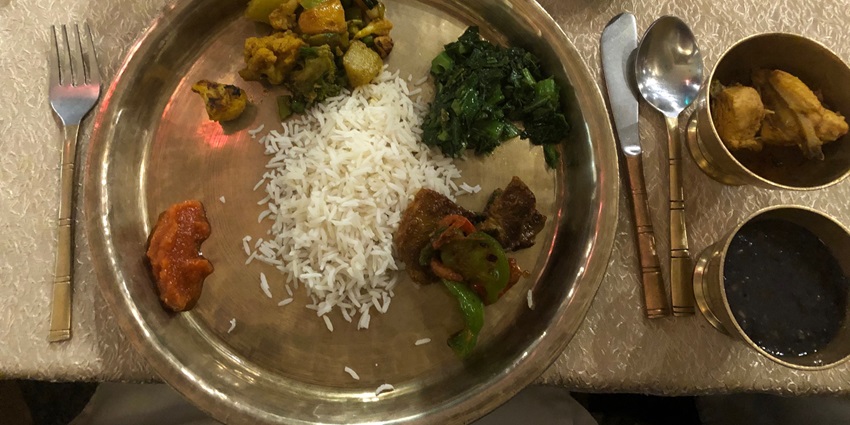
Photo: Justine.toms / Wikimedia Commons
Some dining options near Shuklaphanta National Park include local eateries and restaurants across Mahendranagar. Such places serve Nepali cuisine, including dal bhat, momos, and thukpa. Several restaurants also offer Indian and Tibetan food. For people staying at the lodge, sumptuous meals are generally included in the rate. They are freshly prepared local delicacies that give one a taste of the region’s foods.
Best Time To Visit
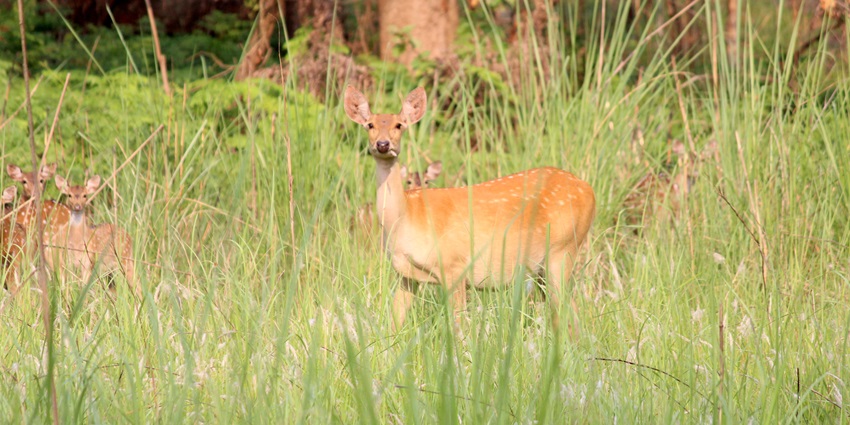
Photo: MITESHSTHA / Wikimedia Commons
The best time to visit Shuklaphanta National Park is during the winter months, from October to March. At this time of the year, the weather is not so hot to cause any inconvenience in sightseeing and other outdoor activities. The spring season, from April to June, is also good for visiting the park, as the flora and wildlife of the whole park are in full bloom.
Suggested Read: Top Places To Visit In Nepal
Other Factors To Consider
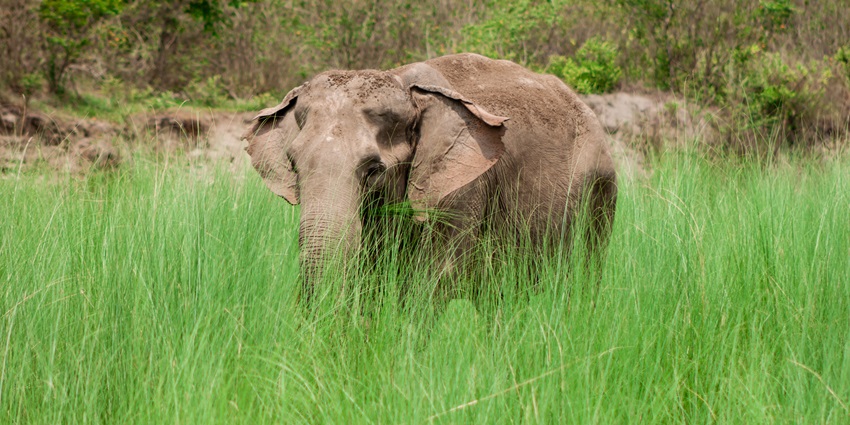
Photo: Aulalian34 / Wikimedia Commons
Average Cost Of The Trip
The average trip cost to Shuklaphanta National Park can vary depending on your travel style and preferences. Budget travellers can expect to spend around ₹5,000 to ₹8,000 per person per day, which includes basic accommodation, park entry fees, and meals. Shuklaphanta national park ticket price is ₹920 for foreigners, ₹44 for SAARC nationals and ₹4 for Nepal nationals.
Tips For Travellers
- Take insect repellent, particularly in the warmer months.
- Wear comfortable, light clothing and hard-soled, supportive footwear on wildlife safaris or while participating in any hiking or walking activity.
- Carry a pair of binoculars with you for birdwatching and viewing distant wildlife.
- Hire a local guide to be a cut above the rest, giving you many opportunities to catch the view of even extremely elusive animals, including tigers.
- Kindly be sensitive to wildlife and the local culture, keep a healthy distance, and never view the wildlife in a way that will disrupt them.
- Do not disturb the wildlife while taking Shuklaphanta National Park photos.
Shuklaphanta National Park is a haven for nature lovers, offering a unique blend of biodiversity, stunning landscapes, and cultural heritage. Whether trekking through the grasslands, exploring ancient temples, or simply enjoying the serene environment, this park has something for everyone. Ready to embark on an adventure to this incredible destination? Plan your trip with TripXL and experience the untouched beauty of Shuklaphanta National Park like never before.
Cover Photo: Tobias Klenze / Wikimedia Commons / Image For Representation Only


 WhatsApp
WhatsApp
 Twitter
Twitter









